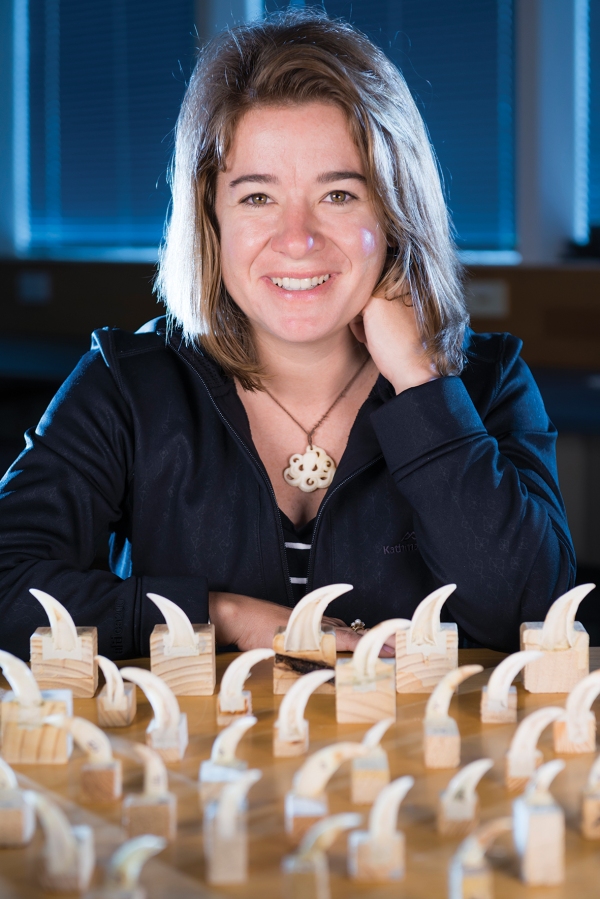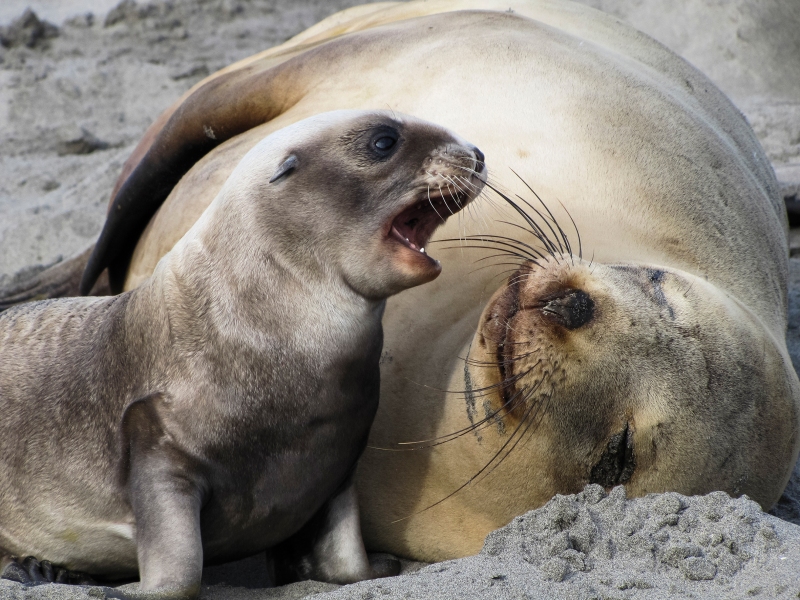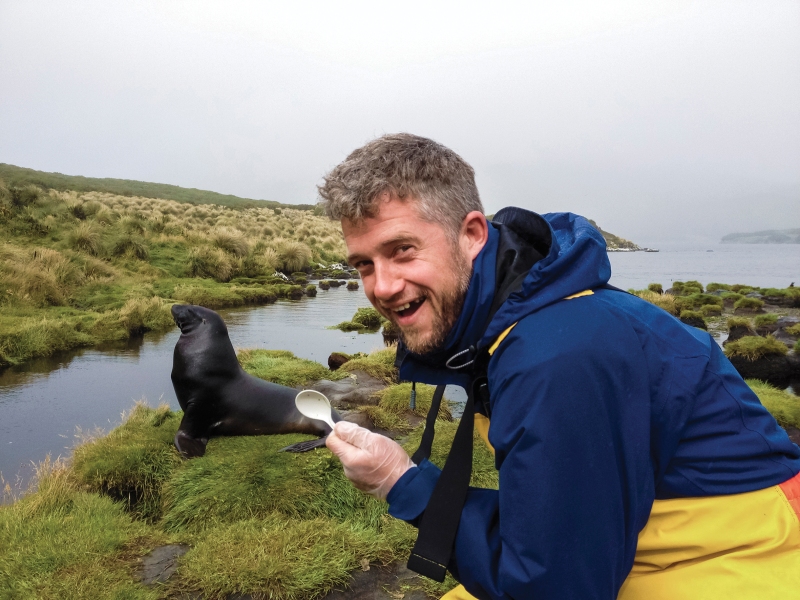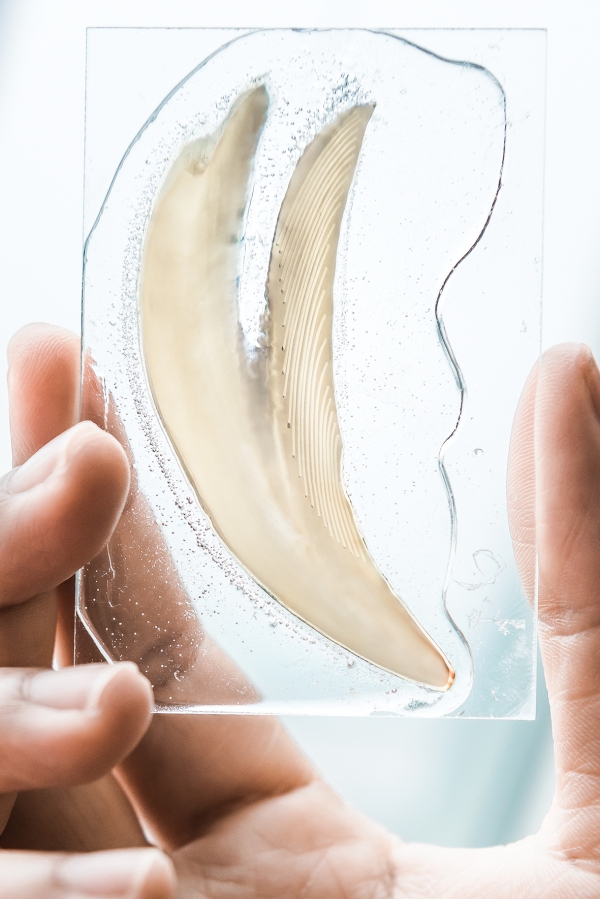A NIWA scientist is drilling the teeth of New Zealand sea lions to learn more about why the species is struggling to survive.
Dr Brittany Graham explains her unique work in the latest edition of NIWA’s flagship publication Water & Atmosphere.
She says sea lion teeth have bands that grow annually, similar to rings in tree trunks.
By taking tiny samples within these bands and then preparing them for stable isotope analysis, Dr Graham aims to find out what the sea lion ate, where it foraged and whether ocean conditions changed over its lifetime.
The New Zealand sea lion was extensively hunted in the 18th and 19th centuries and only about 10,000 remain. In 1997 it was officially declared a threatened species. There are just two main breeding colonies, one at the Auckland Islands and the other at Campbell Island.
However, while the Campbell Island population is faring well, the Auckland Islands’ colony has been declining for a number of years. Several research programmes are under way to find out what factors could be involved in the decline.
Dr Graham’s work enables her to go back through time and use the teeth as an historical library to reveal new layers of information.
“These teeth will provide information not only on whether ocean conditions have changed through time, but also whether there have been changes to the structure of the marine food web.
“In other words, this is a new tool that provides a glimpse at the past 20 years from a sea lion’s perspective.”
The Water & Atmosphere article also explores the work of NIWA’s Dr Jim Roberts, who is developing ways to identify the causes of sea lion decline at the Auckland Islands.
He uses “mark and recapture" data observed by field teams who record which sea lions have returned to the rookeries. The data also enables scientists to estimate changes in reproductive rates and shifts in age at first pupping.
Also in this issue of Water & Atmosphere, we look at the battle against foreign weeds taking over our lakes and showcase life under the ice at Antarctica in a series of photographs taken when NIWA scientists and specialist divers were conducting experiments in McMurdo Sound over summer.




